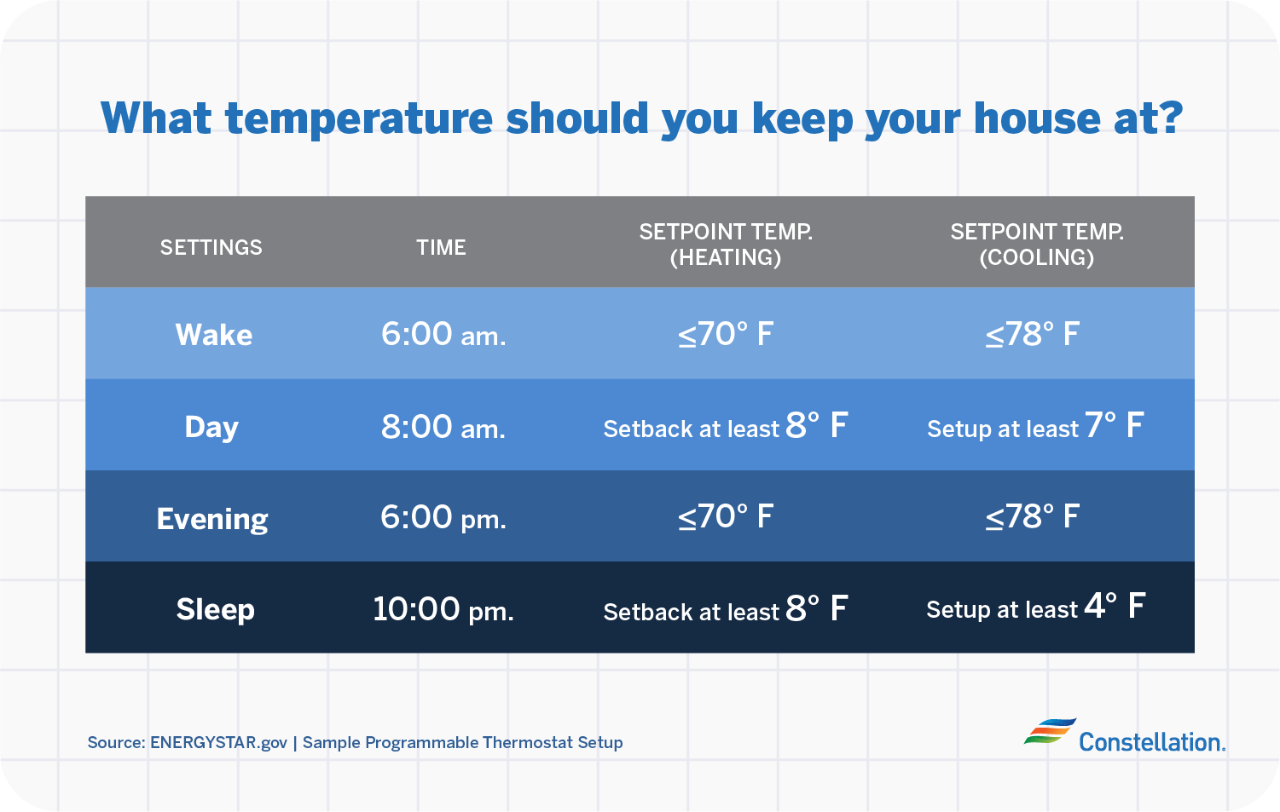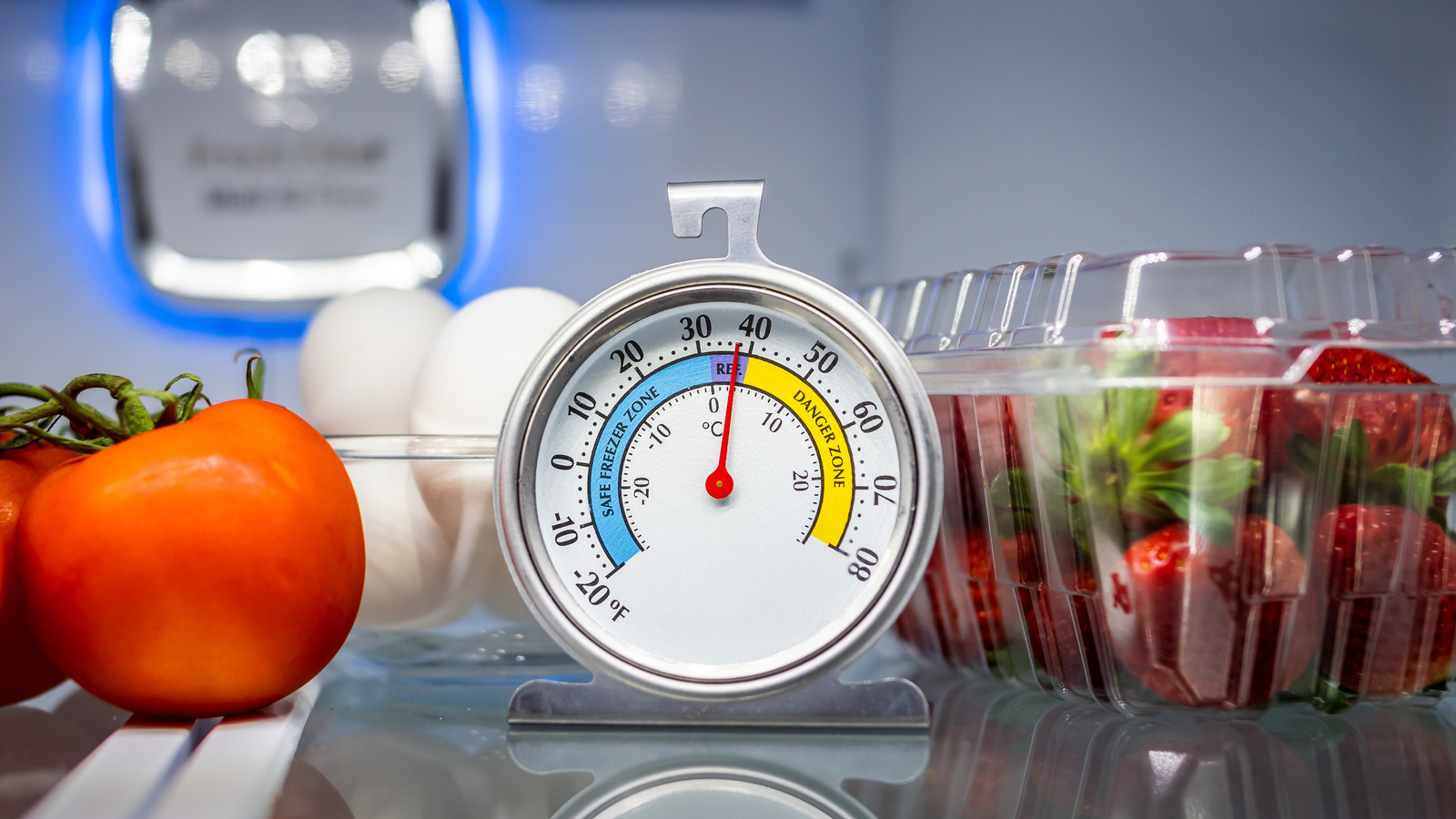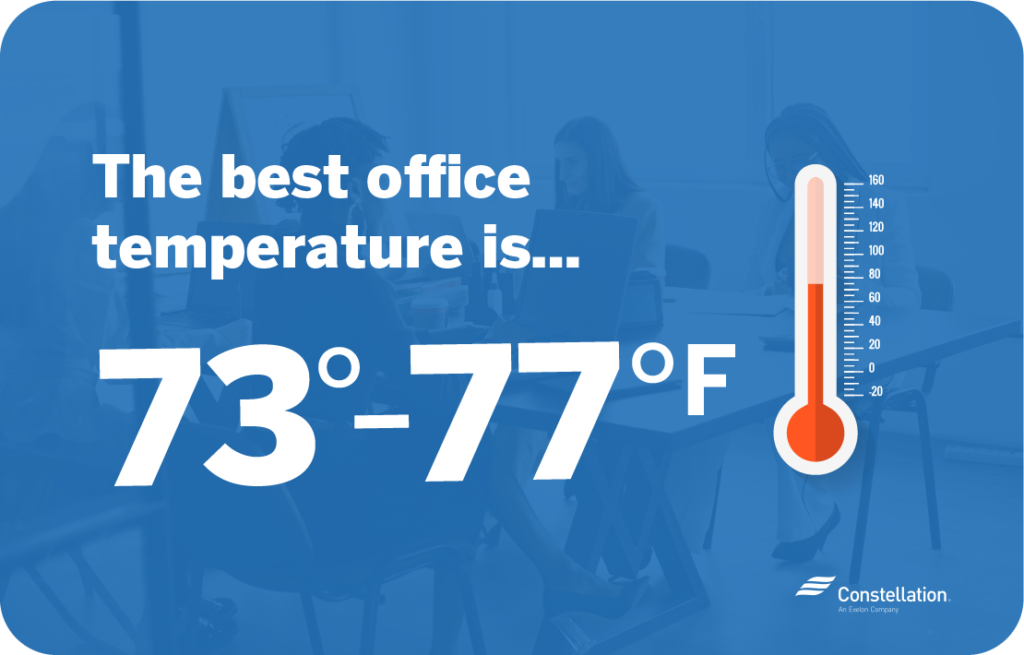What Is A Good Temp To Keep Your Heat On

Finding the perfect temperature to set your thermostat at during the heating season can be a balancing act. You want to be comfortable, but you also want to avoid sky-high energy bills. This guide breaks down the factors to consider, helping you discover the ideal temperature for your home.
Understanding the Factors Influencing Your Ideal Temperature
Several elements influence what temperature will work best for you. It's not just about personal preference; it's about finding the sweet spot between comfort, cost, and system efficiency.
- Personal Comfort: This is subjective. Some people feel cold easily, while others prefer a cooler environment.
- Energy Costs: The higher you set your thermostat, the more energy your furnace will consume. Even a degree or two can impact your monthly bill.
- Home Insulation: A well-insulated home will retain heat more effectively, allowing you to set your thermostat lower without sacrificing comfort.
- Age and Health: Infants and elderly individuals often require warmer temperatures. Certain medical conditions can also affect temperature sensitivity.
- Activity Level: You might prefer a cooler temperature when you're active and a warmer one when you're relaxing.
- Home Occupancy: Are you home all day, or is the house empty for several hours? Adjusting the temperature based on occupancy can save significant energy.
The General Recommendation: 68°F (20°C) While You're Awake
The U.S. Department of Energy generally recommends setting your thermostat to 68°F (20°C) when you're home and awake. This temperature is considered a good balance between comfort and energy efficiency.
Why 68°F?
68°F is a comfortable temperature for most people when they are active and wearing typical indoor clothing. It's also a temperature that allows your furnace to operate efficiently without overworking.
Lowering the Temperature While You're Asleep or Away
A significant opportunity for energy savings lies in lowering the temperature when you're asleep or away from home. Experts recommend lowering the thermostat by 7-10°F (4-6°C) for 8 hours a day to save around 10% on your heating bill.
Ideal Nighttime Temperature
A comfortable nighttime temperature typically falls between 60-67°F (15-19°C). Many people find that sleeping in a slightly cooler room promotes better sleep quality. Experiment to find what works best for you.
Temperature When You're Away
When you're away from home for extended periods, such as during the workday or while on vacation, consider lowering the thermostat even further. A temperature of 55-60°F (13-15°C) is generally sufficient to prevent pipes from freezing and protect your home from damage.
Programmable Thermostats: Your Energy-Saving Ally
Investing in a programmable or smart thermostat can automate temperature adjustments based on your schedule. This eliminates the need to manually adjust the thermostat and ensures that you're only heating your home when necessary.
Types of Programmable Thermostats
- 7-Day Programmable: Allows you to set different temperatures for each day of the week.
- 5-2 Day Programmable: Allows you to set one schedule for weekdays and another for weekends.
- Smart Thermostats: Learn your habits and automatically adjust the temperature based on your preferences. They can also be controlled remotely via a smartphone app.
Benefits of Smart Thermostats
Smart thermostats offer several advantages over traditional programmable thermostats:
- Remote Control: Adjust the temperature from anywhere with your smartphone.
- Learning Capabilities: They learn your heating and cooling patterns and adjust the temperature accordingly.
- Energy Reports: Track your energy usage and identify areas where you can save money.
- Geofencing: Automatically adjusts the temperature based on your location.
DIY Tips for Optimizing Your Heating System
Before calling a professional, there are several DIY steps you can take to ensure your heating system is running efficiently.
Check and Replace Air Filters
A dirty air filter restricts airflow, forcing your furnace to work harder and less efficiently. Replace your air filter every 1-3 months, or more frequently if you have pets or allergies. Common filter sizes include 16x20x1, 20x20x1, and 20x25x1. Look for MERV ratings between 8 and 12 for good filtration without restricting airflow too much.
Tools Required: New air filter.
Safety Tip: Turn off the furnace before changing the filter.
Seal Air Leaks
Drafts can make your home feel colder and force your furnace to work harder. Seal air leaks around windows, doors, and other openings with weatherstripping or caulk.
Tools Required: Caulk gun, caulk, weatherstripping.
Common Problem: Dried out or cracked caulk.
Insulate Your Home
Proper insulation is crucial for maintaining a comfortable temperature and reducing energy costs. Add insulation to your attic, walls, and floors to prevent heat loss.
Materials Required: Fiberglass batts, cellulose insulation, spray foam insulation.
Check Your Furnace Vents
Ensure that all your furnace vents are open and unobstructed. Blocked vents can restrict airflow and cause your furnace to overheat.
When to Call a Professional
While some HVAC issues can be addressed with DIY solutions, others require the expertise of a qualified technician. Here are some situations where you should call a professional:
- No Heat: If your furnace is not producing any heat, it could be a sign of a serious problem.
- Strange Noises: Unusual noises coming from your furnace, such as banging, rattling, or screeching, could indicate a mechanical issue.
- Carbon Monoxide Alarm: If your carbon monoxide alarm goes off, evacuate the house immediately and call a professional.
- Gas Leaks: If you smell gas, evacuate the house immediately and call your gas company.
- Pilot Light Issues: If you're not comfortable relighting the pilot light, call a professional.
- Frequent Cycling: If your furnace is turning on and off frequently, it could be a sign of a problem with the thermostat or furnace itself.
Estimated Repair Costs
The cost of HVAC repairs can vary depending on the nature of the problem and your location. Here are some general estimates:
- Air Filter Replacement: $10-$30
- Thermostat Replacement: $100-$300
- Furnace Repair (Minor): $100-$500
- Furnace Repair (Major): $500-$2000
- Furnace Replacement: $3000-$7000
Important Note: These are just estimates. Always get a quote from a qualified HVAC technician before proceeding with any repairs.
Safety First!
Working with heating systems can be dangerous. Always turn off the power to the furnace before attempting any repairs. If you're not comfortable working with electrical or gas components, call a professional.
Safety Tip: Never attempt to repair a gas leak yourself. Evacuate the area immediately and call your gas company.
Conclusion
Finding the right temperature to keep your heat on is a personal decision, but understanding the factors that influence comfort and energy efficiency can help you make informed choices. By following these tips, you can stay comfortable, save money, and ensure your heating system is running smoothly.
Remember, regular maintenance and prompt attention to potential problems can prevent costly repairs down the road. Don't hesitate to call a qualified HVAC technician if you encounter any issues you're not comfortable addressing yourself.










